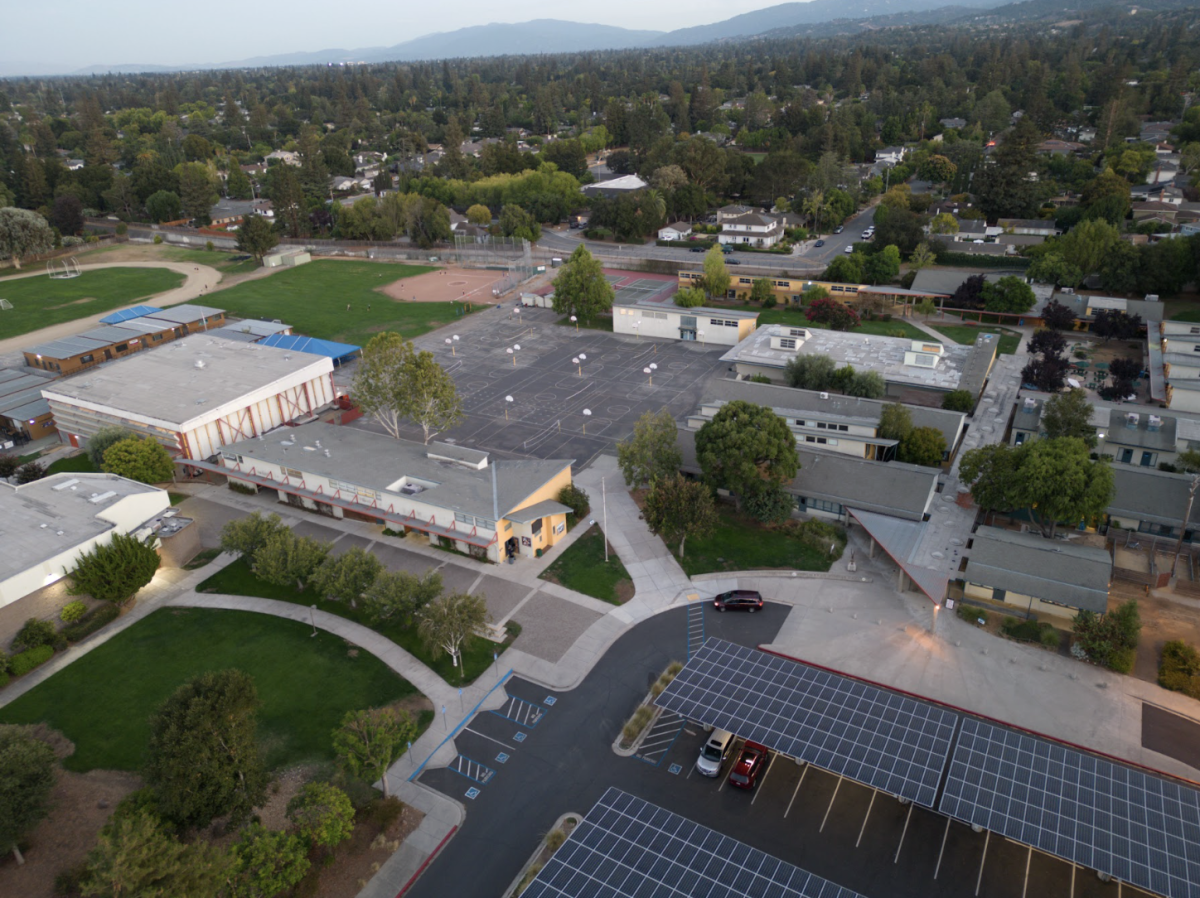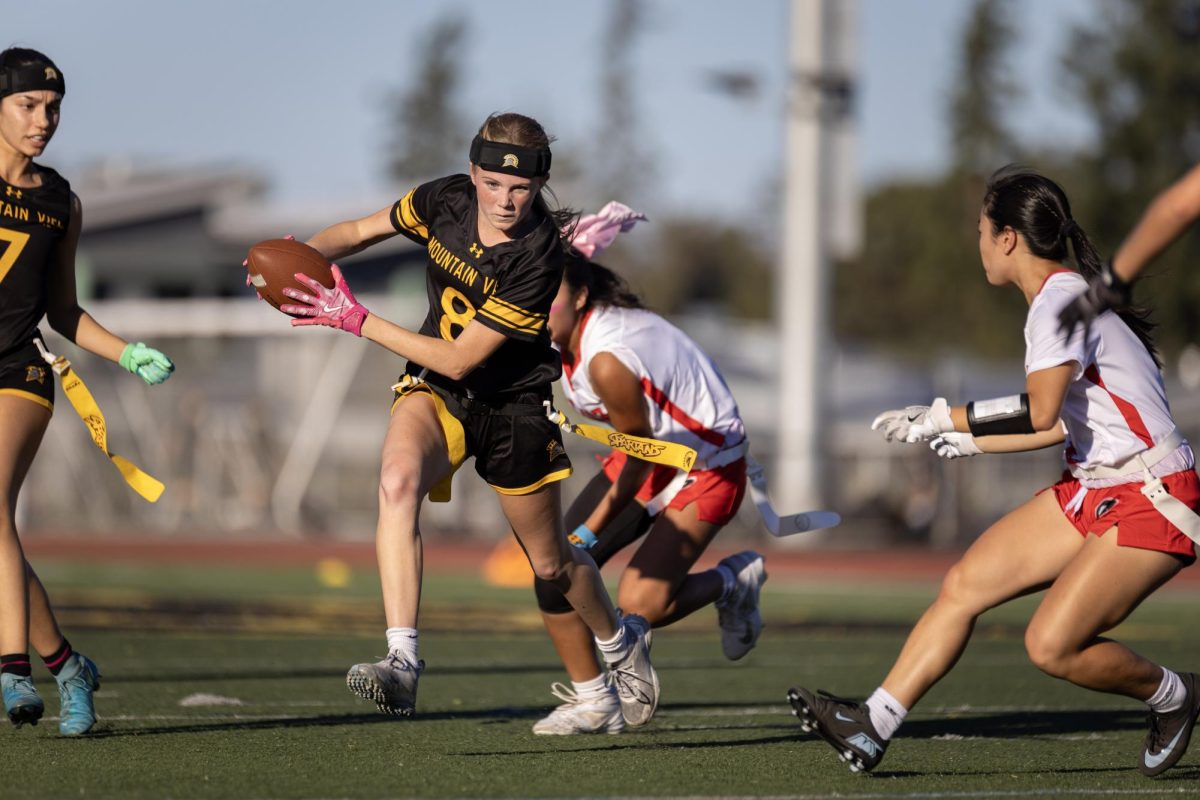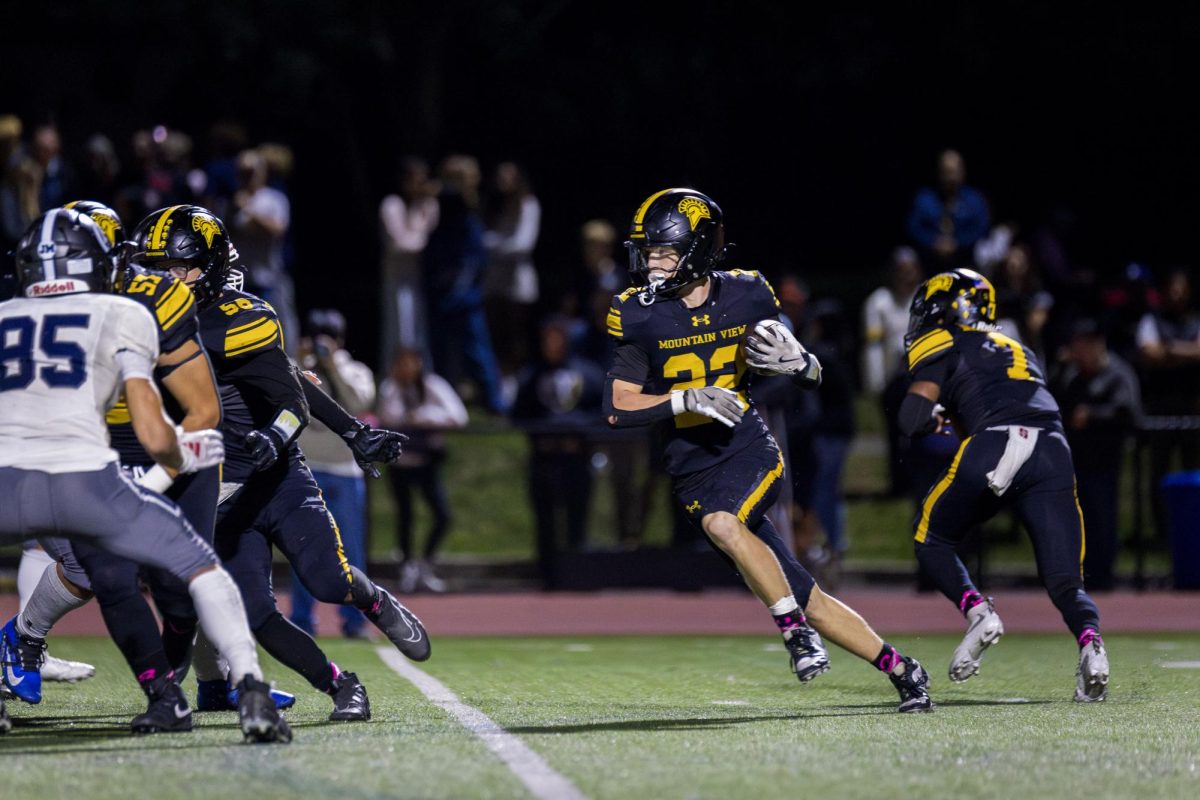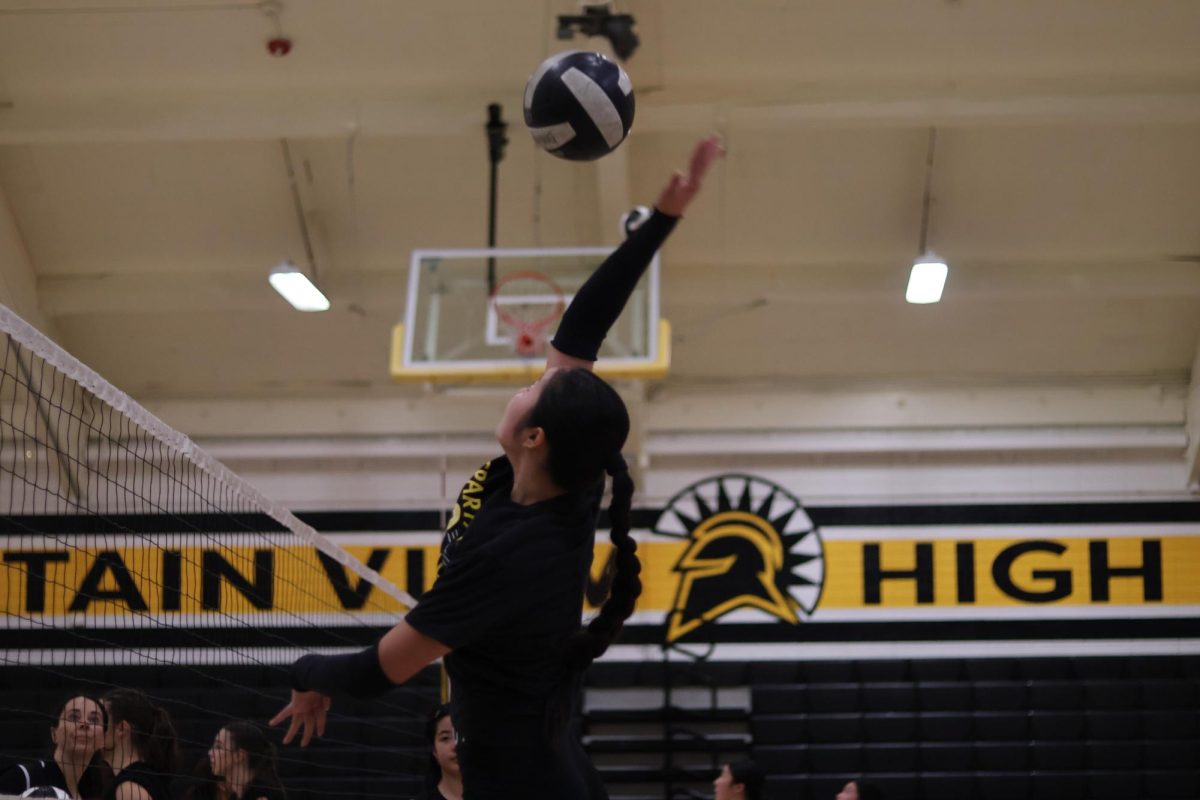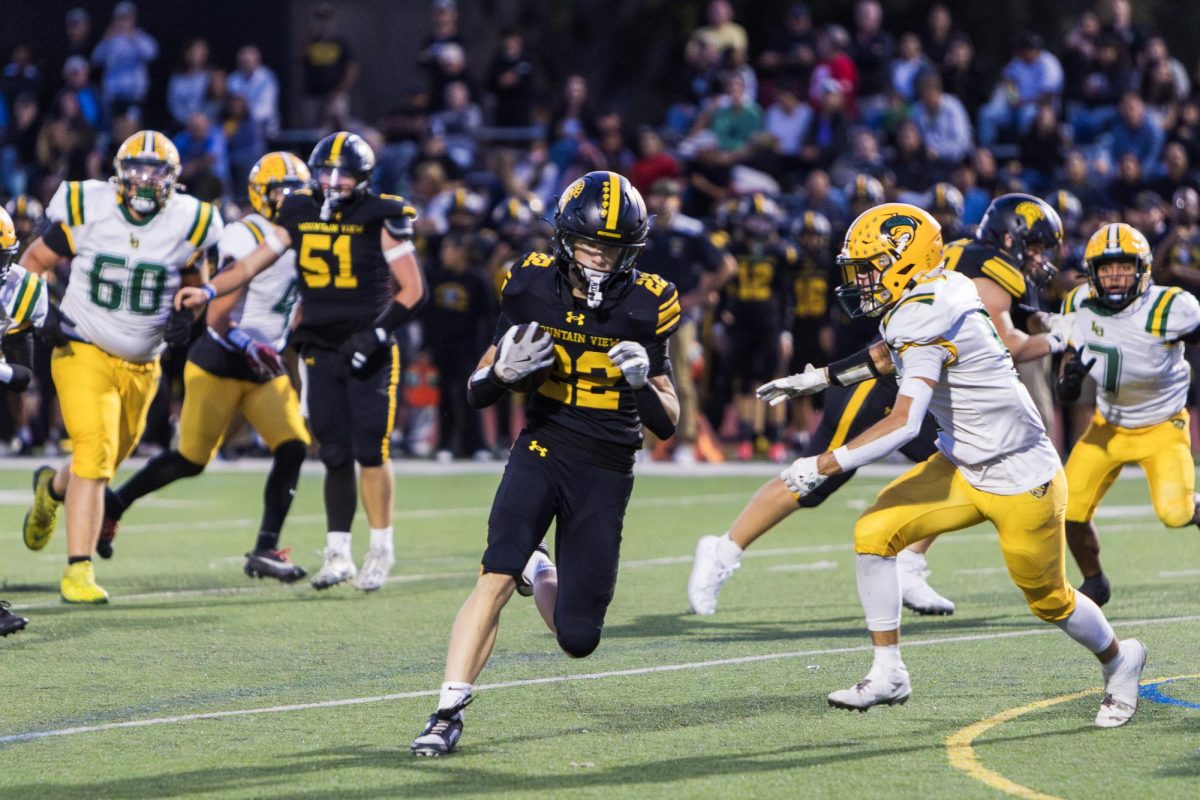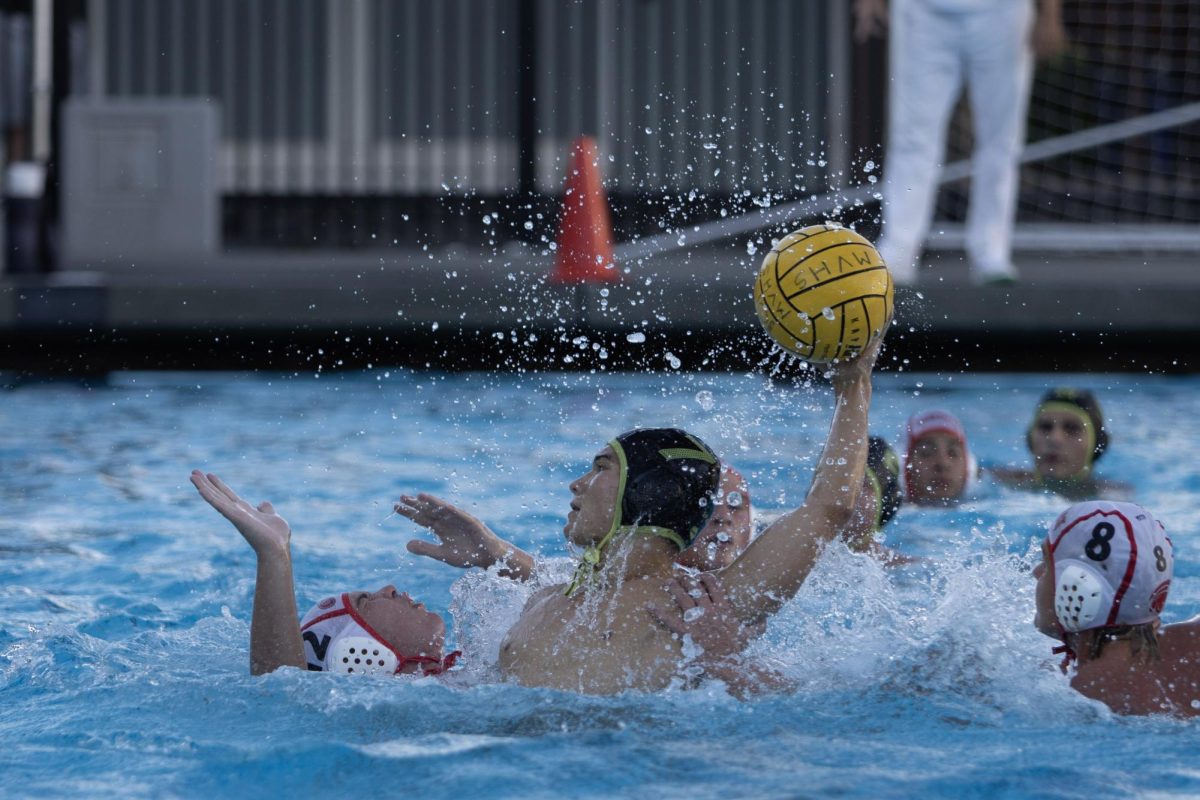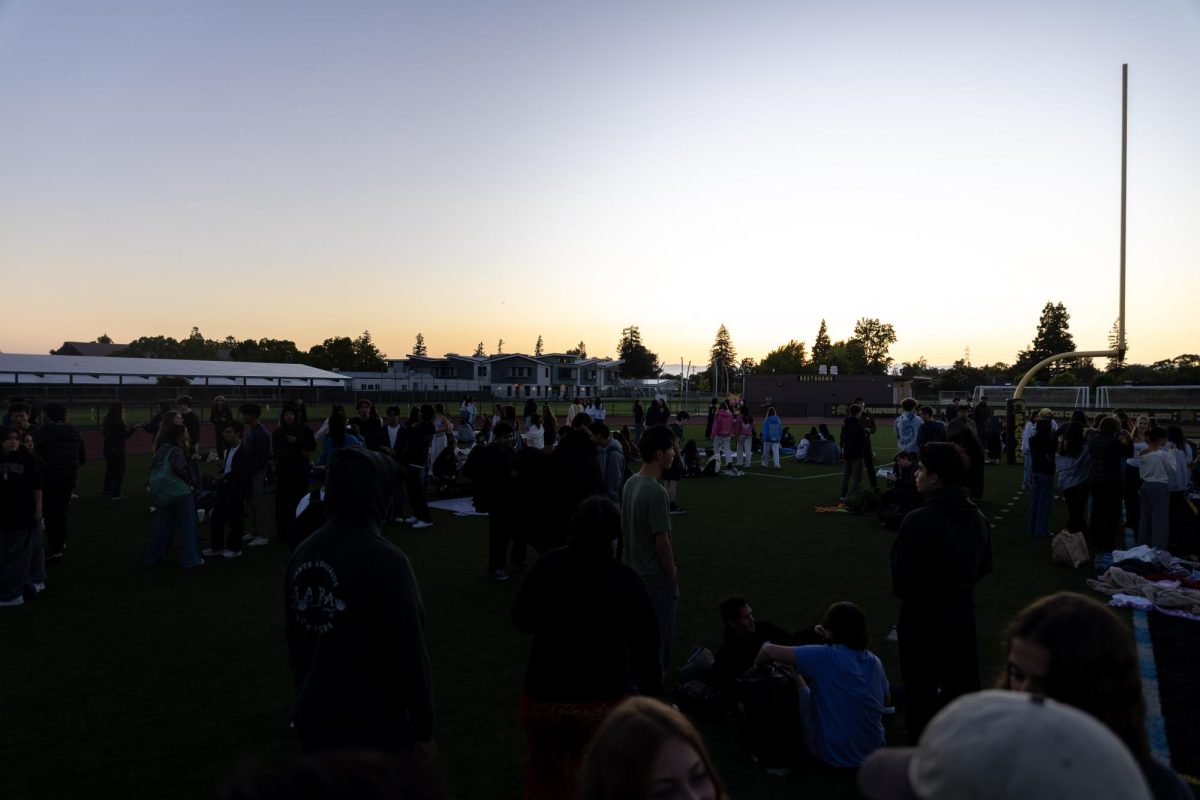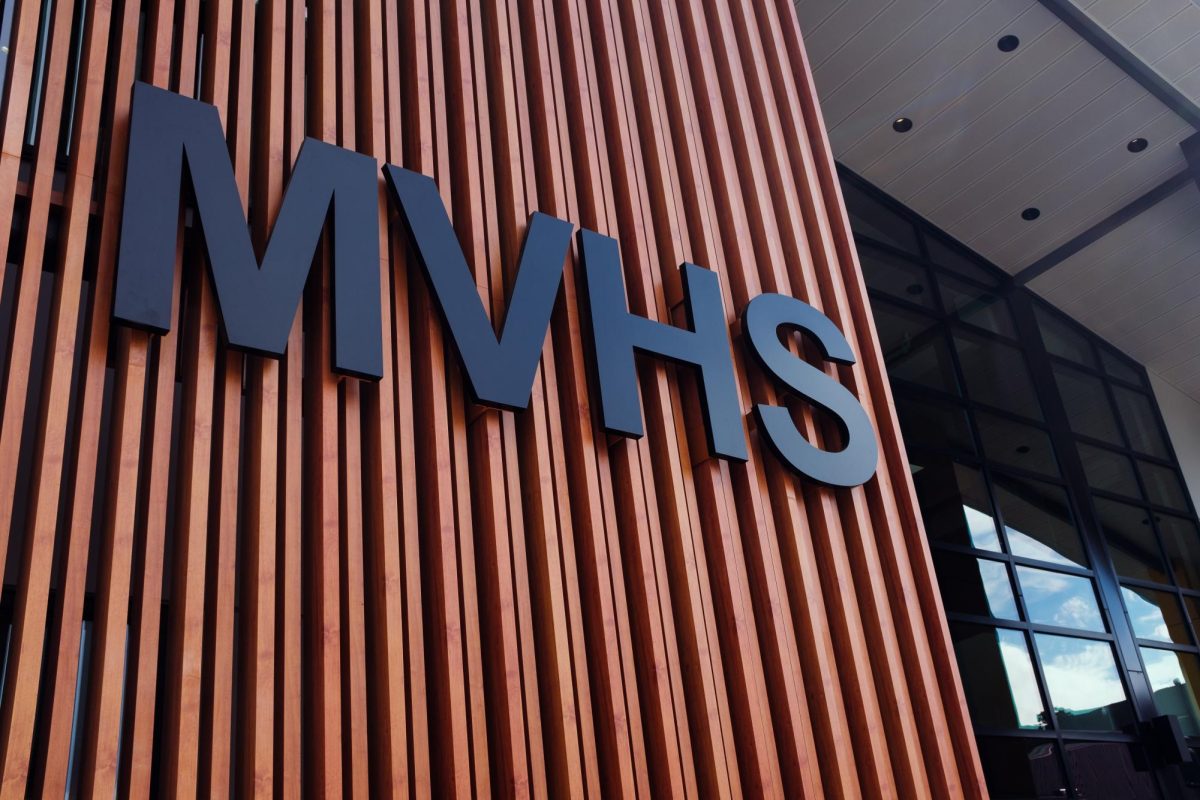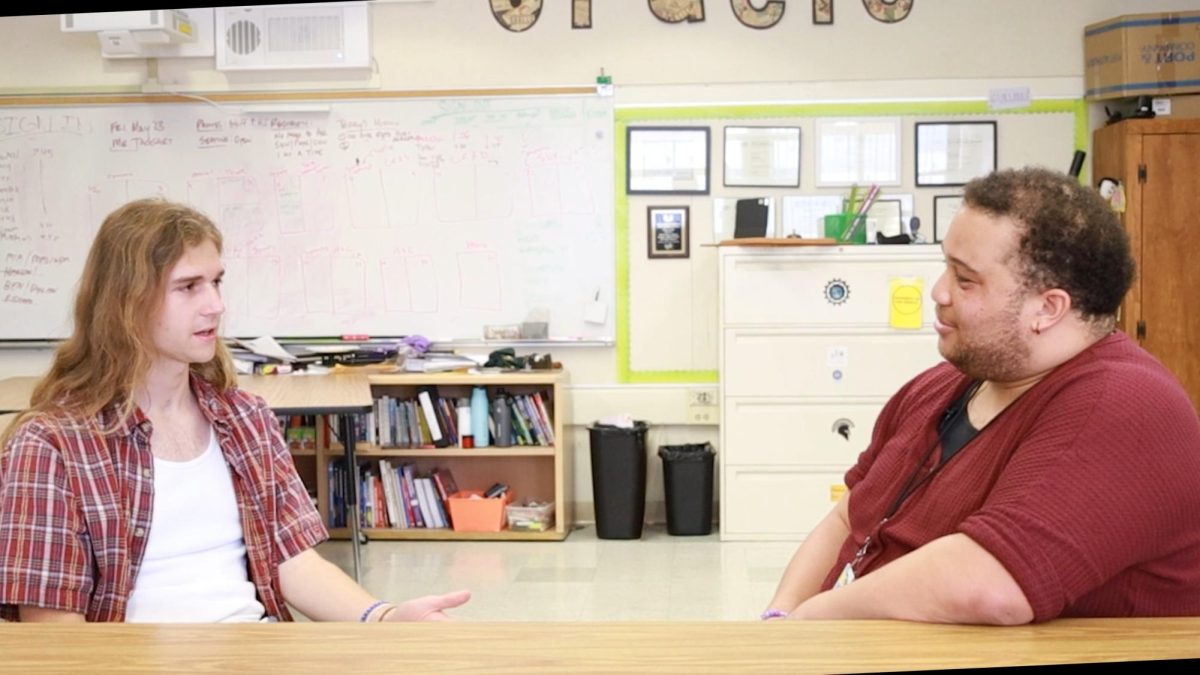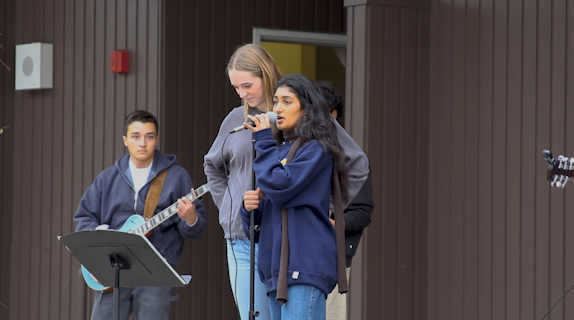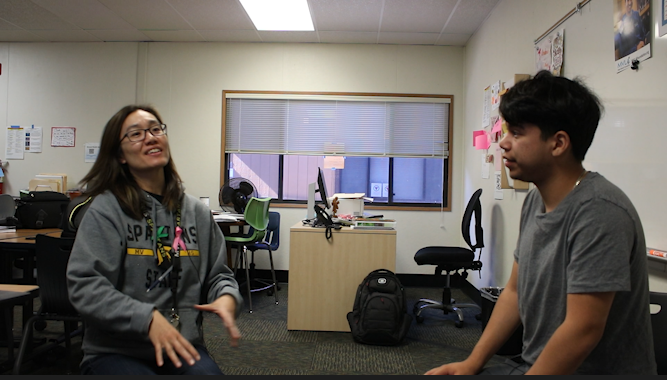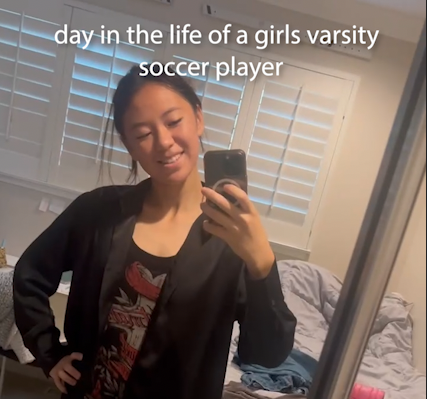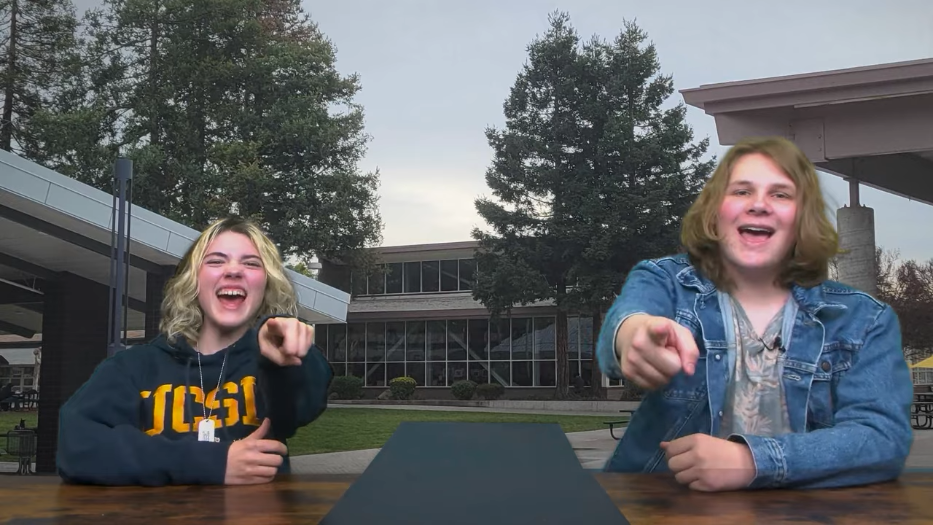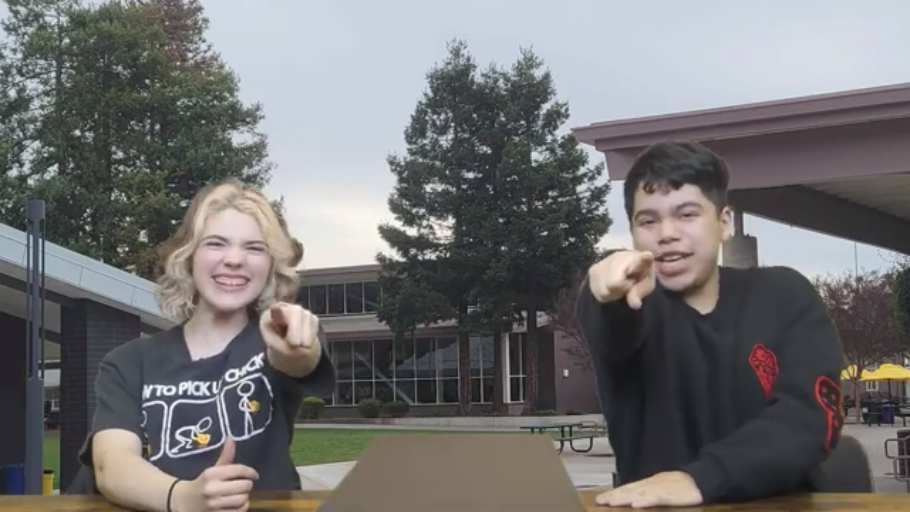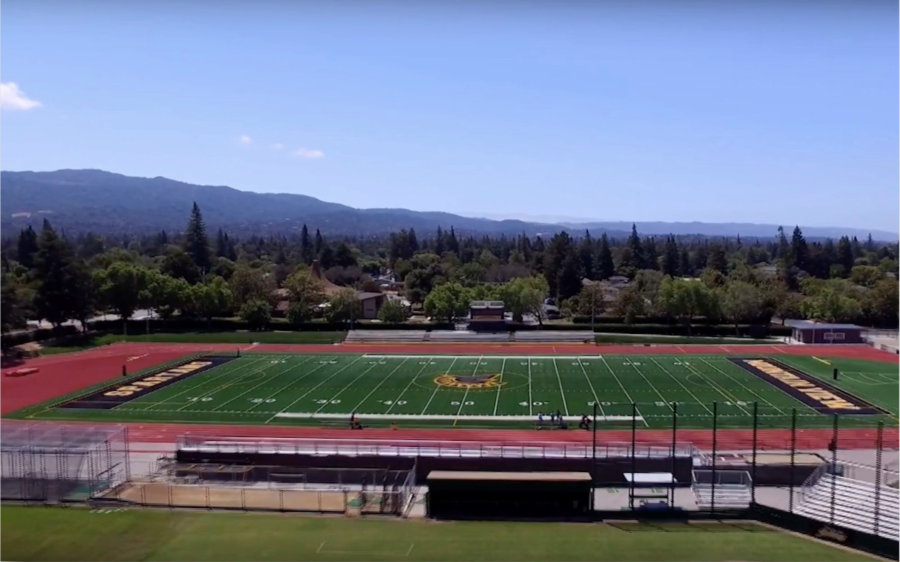The school board agreed to move forward with a plan that outlined future steps in regards to installation during a school board study session in Nov. 13. MVLA students, neighbors, and administration attended the event to discuss possible field light installation.
The field light debate began in August of 2017, when proponents created an online petition, upset that Mountain View and Los Altos high schools are the only two schools in Santa Clara County without field lights. However, the discussion was intensified in August of 2018 as proponents urged school board members to prioritize field light discussion. A school board meeting was announced by Superintendent Jeff Harding, and prior to the meeting, opponents of the lights created an online petition voicing their disapproval.
Similar to the special school board meeting on field lights held Aug. 13, voices of approval were heard from
Some neighbors voiced concerns: the lights would disrupt neighborhood peace by increasing light pollution, parking issues, litter, and noise levels. Measure E, passed in June, may fund new turf fields, which some neighbors saw as a solution for the limited practice and event space that the district hopes to remedy with field lights.
The board also explored issues that may occur as a result of installation. For instance, students who rely on public transit will have to look into other transportation options after 6 p.m. Students who cannot go home before practice will require access to food and places to study should field light installation ensue.
Before listening to community input, the board presented a list of preliminary steps for light installation. They are as follows:
1.“Draft a policy for stadium light use incorporating considerable input from stakeholder workgroups, including neighbors. incorporation input from stakeholders, workgroups and neighbors.”
According to MVLA district communication manager Cynthia Greaves, the primary concern voiced by neighbors is not the use of lights, but the PA system, In response, the board is attempting to find sound systems that will not be distracting to nearby neighborhoods. To acknowledge the concern of potential light pollution Greaves said the board has already identified lights that are “hyper focused” on the field. During this step of the plan, the board will meet with neighbors and athletic/performing arts directors alike to draft policies and schedules that will satisfy all groups.
2.“Present draft policy to trustees.”
After meeting with interest groups, Superintendent Jeff Harding will propose a policy formed from discussion with stakeholder workgroups and neighbors. According to Greaves, the school board will then have the chance to answer clarifying questions and request for additional research.
3.“Distribute drafted policy to community for public comment.”
The final policy will likely be posted online. Greaves said the policy may also be posted on the Neighborhood Cares website created by neighbors opposed to field light installation. Anyone who wishes to raise questions or express concern before the board passes the plan will have 30 days to do so.
4.“Provide a funding proposal for the Environmental Impact Report and subsequent light installations.
Actions, such as light installation, that will significantly impact the surrounding environment require a report under the National Environmental Policy Act. The report will take into consideration traffic analysis, light and shadow analysis, and sound carry (amount of decibels allowed). After the report is approved, expenditures for the lights can be authorized.
5.“Contract with a firm to initiate the Environmental Impact Report,”
According to Greaves, the firm will not be determined until all other steps of the plan are completed. This step could take up to 38 weeks.

